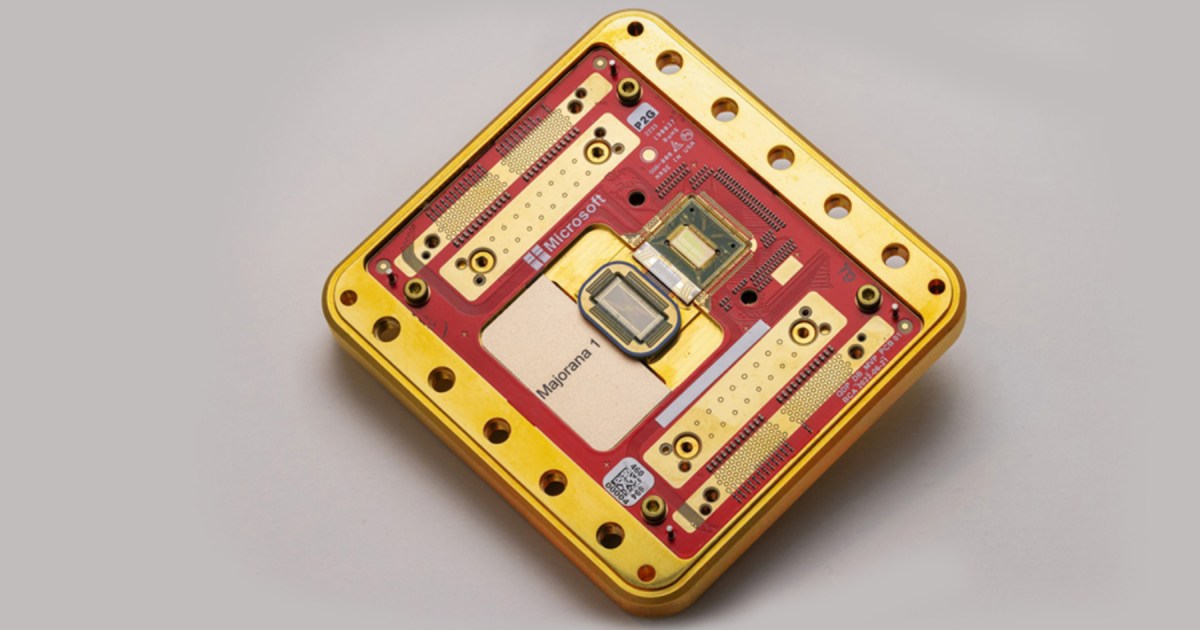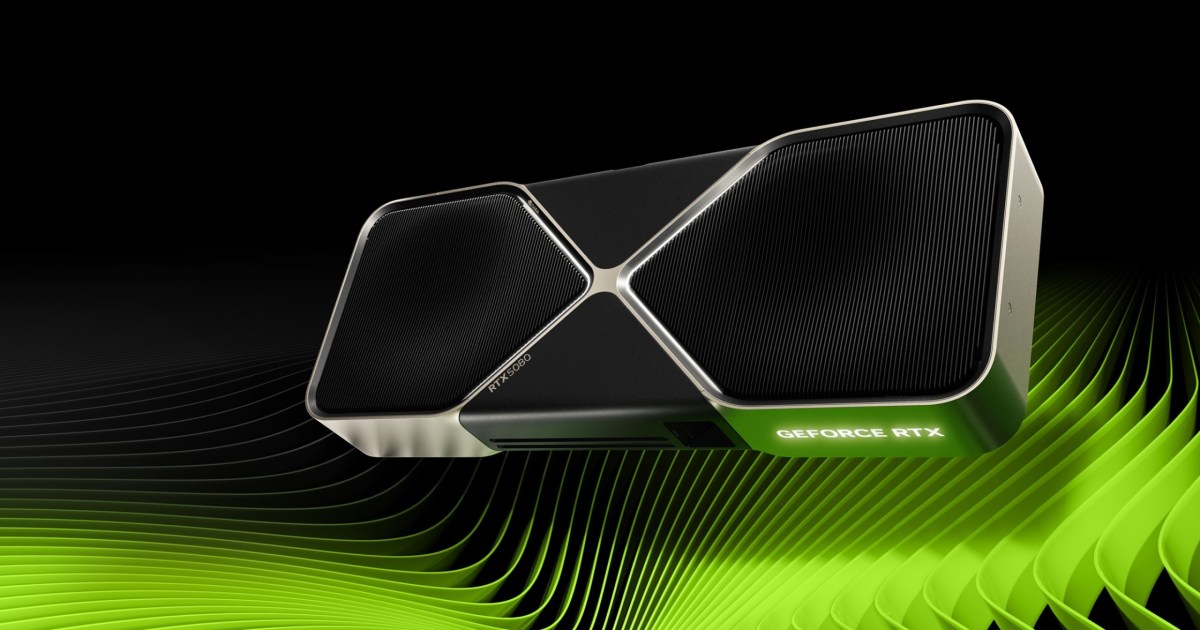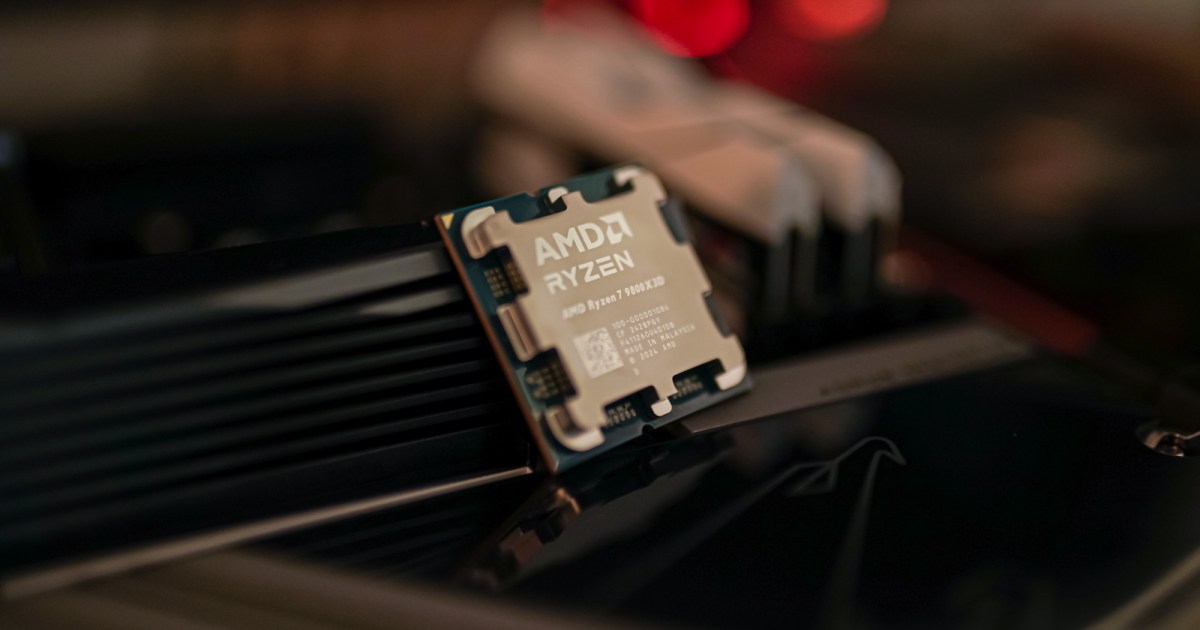In the realm of scientific breakthroughs, Microsoft’s recent unveiling of Majorana 1, the world’s first quantum computing chip, resonates with the same awe-inspiring impact as Tony Stark’s creation of a new element in Iron Man 2. This groundbreaking achievement has sent ripples of excitement throughout the tech world. Years of dedicated research and development culminated in this innovative chip, involving numerous scientific hurdles.
Perhaps the most remarkable feat is Microsoft’s creation of a new state of matter. We traditionally recognize three fundamental states: solid, liquid, and gas. Two exotic forms, plasma and Bose-Einstein Condensates (BECs), also exist. Microsoft has now added another to this exclusive list: the topological state of matter. According to Microsoft, this involved “developing an entirely new materials stack made of indium arsenide and aluminum, much of which Microsoft designed and fabricated atom by atom.”
This new state of matter involves the creation of particles called Majoranas, which lend their name to the revolutionary chip. Microsoft claims this state of matter previously existed only in theory. It’s a hybrid derivative composed of an aluminum strip functioning as the superconductor and Indium Arsenide (InAs) serving as the semiconductor. “When cooled to near absolute zero and tuned with magnetic fields, these devices form topological superconducting nanowires with Majorana Zero Modes (MZMs) at the wires’ ends,” explains Microsoft.
Majorana 1: Ushering in the Era of Quantum Computing
The cornerstone of quantum computing is the qubit, analogous to the bits in classical computers. In Majorana-powered quantum computers, MZMs form the basis of these qubits. While qubits can be generated in various ways, Microsoft employs topological qubits. Majorana 1 boasts a topological core scalable to a million qubits on a single chip.
From Prototype to Reality: A Fault-Tolerant Quantum Future
This innovation positions Microsoft to develop the world’s first fault-tolerant prototype (FTP) of a stable quantum computer within years, not decades. This ambitious undertaking is part of DARPA’s Underexplored Systems for Utility-Scale Quantum Computing (US2QC) program. Microsoft confidently asserts, “The foundational technology is proven, and we believe our architecture is scalable.”
Quantum Computing: Revolutionizing Science and Medicine
The advancement of quantum computing promises to accelerate scientific progress across diverse fields, including drug discovery, self-healing materials, and agricultural advancements.
For example, Microsoft’s collaboration with Case Western Reserve University has already yielded promising results in accelerating cancer scans and improving the precision of disease detection. These developments hold the potential to revolutionize medical diagnostics and treatment, enabling earlier disease detection and facilitating the development of new medicines.
Google is also actively pursuing quantum computing advancements. Hartmut Neven, head of Google’s quantum division, predicts real-world applications within the next five years. The race to harness the power of quantum computing is on, and Microsoft’s Majorana 1 represents a significant leap forward.
Conclusion: A New Era of Computing
Microsoft’s creation of Majorana 1 and a new state of matter marks a pivotal moment in the evolution of computing. This breakthrough paves the way for fault-tolerant quantum computers, promising to revolutionize scientific discovery and problem-solving across various industries. While challenges undoubtedly remain, the future of quantum computing looks brighter than ever, thanks to this groundbreaking achievement.










